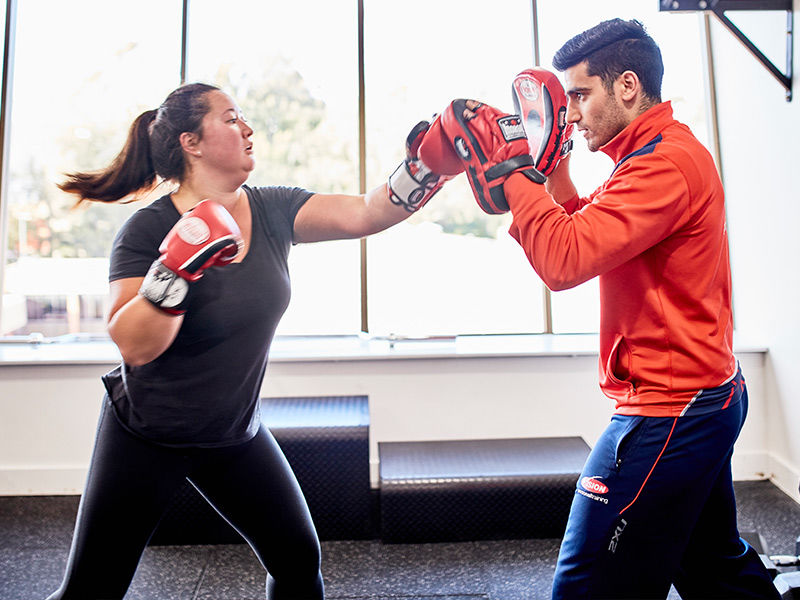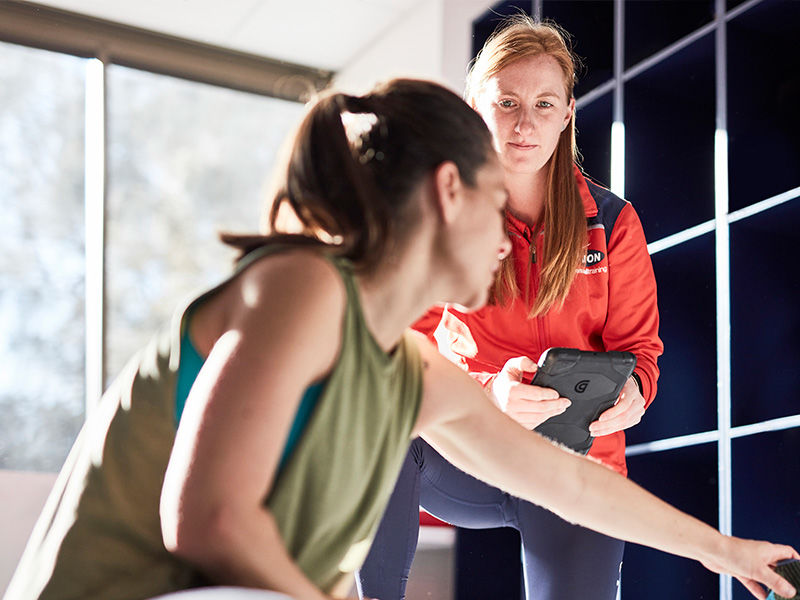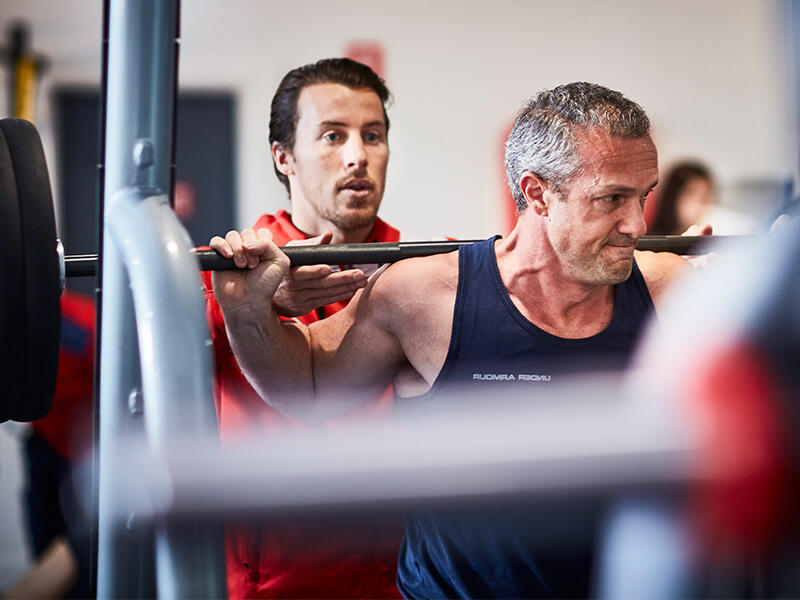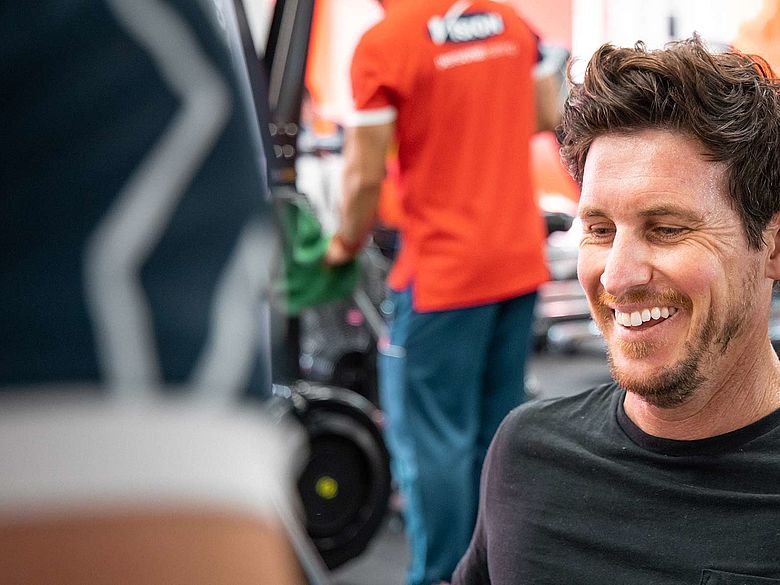Explore our articles
Building our knowledge on how to achieve and maintain a healthy lifestyle is so important. New ideas, or simply a refresher, our industry leading Personal Trainers are a wealth of knowledge on all aspects of nutrition, training weight loss and overall wellbeing.

Weight Loss
Learn how to lose the weight and keep it off for life, and why you need a plan for both!

Health & Nutrition
Everything from understanding your macronutrients through to the importance of rest and recovery on your journey.

Fitness & Training
Learn about weight training and it’s benefits or even tips and tricks for your first running event.
Expert Articles
- Fitness and Training
The Power of Active Recovery
BalmainThis article explores the importance of active recovery and how gentle, intentional movement can help you stay consistent, energised, and supported in your health journey. Whether you are currently training with Vision, returning after time away, or thinking about starting again, these principles will help you feel confident in your body, reduce stiffness and fatigue, and maintain your momentum without pushing yourself to exhaustion. - Health and Nutrition
Feel Good This Festive Season: A Practical Guide
BrookvaleThe festive season is a time for connection, celebration and slowing down. It is also a time when routines shift, sleep becomes irregular, social events increase and healthy habits can feel harder to hold on to. For many people, Christmas brings a mix of joy and pressure. You want to enjoy the food, the gatherings and the break from work, but you also want to feel good in your body and keep some consistency with your health as you head into the new year. - Health and Nutrition
Comfort Food Isn’t the Enemy: Understanding Emotional Eating Without Guilt
Mona ValeYou are not a failure. You are human. - Fitness and Training
5 Common Gym Mistakes That Are Holding You Back
Mona ValeYou’re showing up to the gym, putting in the effort and still not seeing the results you want. Sound familiar? - Health and Nutrition
6 Tips to Keep Your Health and Routine on Track Over the Holidays
WynyardYou do not need to choose between enjoying the holidays and maintaining your health. With structure, support, and the right mindset, you can celebrate fully and finish the year proud of your progress and not feel you have lost all that momentum from this year. - Health and Nutrition
Creatine Supplementation: A Powerful Ally for Strength, Health, and Aging
Creatine is a naturally occurring compound found in the muscles and brain, primarily sourced from red meat and seafood and is also synthesised by the body. - Fitness and Training
The Benefits of Resistance Training for Healthy Ageing
Mona ValeAgeing is a natural part of life, but how we age is greatly influenced by our lifestyle choices. One of the most powerful tools for promoting health, independence, and vitality in later years is resistance training — any exercise that causes the muscles to contract against an external force, such as free weights, resistance bands, machines, or even body weight. - Fitness and Training
The Power of Identity Change
EastlakesUnderstand Identity Change and You Will Never Relapse Again
Experience the Vision difference
Enjoy a FREE initial consultation, when you book today.

